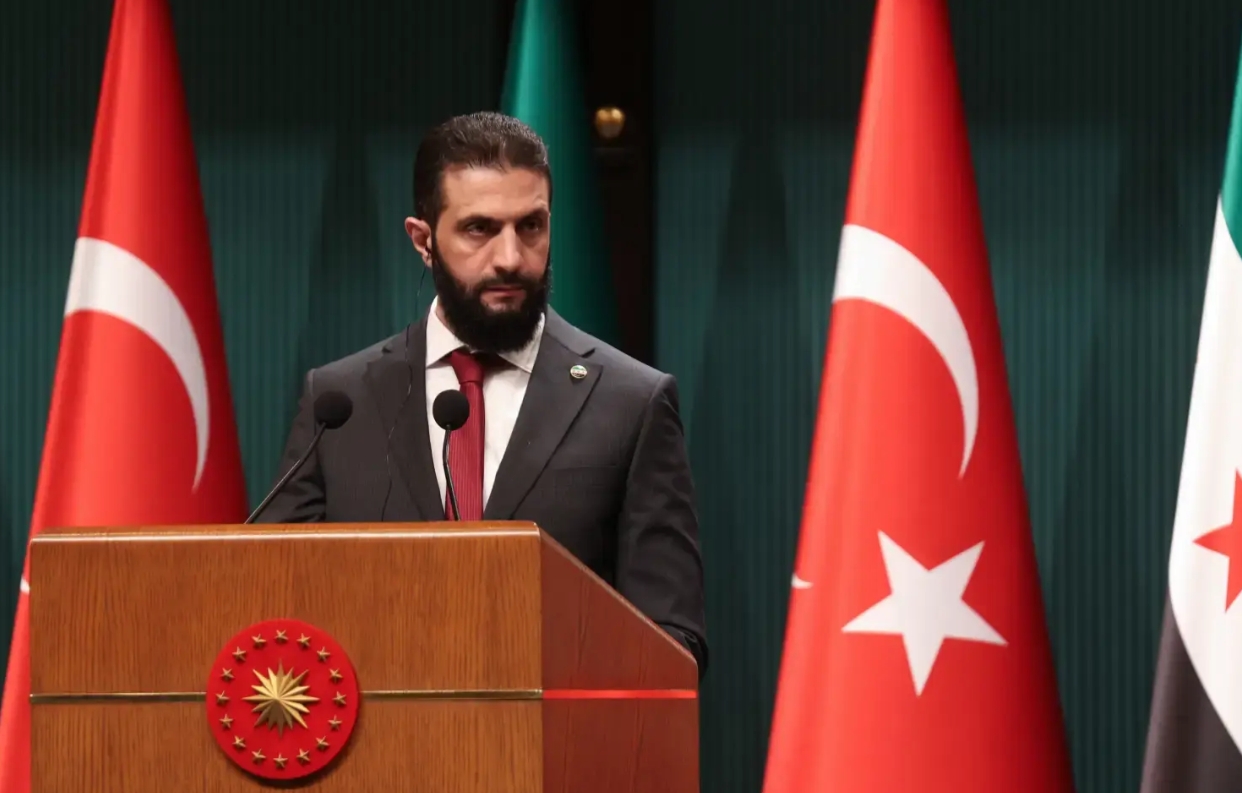Syria, a precarious transition of power marked by violence
Hwang Yuihyun (SNUAC)
The violence caused from the armed clashes between the transitional government force and Assad supporters in the Syrian coastal area on March 6 has spread to civilians, resulting in massive casualties. The clashes began when Assad supporters attacked transitional government forces in the Latakia area on the western coast of Syria, and transitional government forces responded. During this process, armed militants known to be linked to the transitional government raided Alawite villages and indiscriminately massacred civilians. According to human rights groups, approximately 1,000 Alawite civilians were killed over the three days starting on March 6.
Ahmad al-Sharaa, the president of the transitional government, has condemned Assad supporters for the violence and has threatened a strong response. Shar’ah has also called for national unity and promised to form an independent commission to investigate the bloodshed and punish those responsible.
The western coastal area where the violence occurred is mainly populated by Alawites, like former Syrian President Bashar al-Assad, and the hometown of the Assad family is also here. During the Assad regime, Alawites formed the main support base for the regime, and during the Syrian civil war, Alawite militias fought against anti-government forces and committed violence and massacres against Sunni civilians. The cause of this bloodshed is analyzed to be Sunni armed groups and extremists retaliating against Alawite civilians under the pretext of attacks by Assad regime supporters.
Al-Sharaa has tried to be recognized as the legitimate sovereign government of Syria by the international community as a normal state, but this incident has shown that sectarian violence and conflict still remain in Syria. There is also speculation that the interim government is not fully controlling the armed groups and extremists that make up the anti-government forces. Al-Sharaa and the interim government face the task of completely controlling armed groups if they are to complete the transfer of power peacefully and gain recognition from the international community, and they also need to thoroughly punish those responsible for the bloodshed in order to restore the trust of the Alawites that was lost in this incident.
시리아, 폭력으로 점철된 위태로운 정권 이양 과정
황의현(아시아연구소)
3월 6일 시리아 해안지역에서 과도정부와 아사드 정권 지지세력 사이의 무력 충돌이 처음 발생한 뒤 폭력 사태가 민간인에까지 확산되면서 막대한 인명 피해가 발생했다. 무력 충돌은 시리아 서부 해안 라타키야 지역에서 아사드 정권 지지세력이 과도정부 병력을 공격하고, 과도정부군이 대응에 나서면서 촉발되었다. 이 과정에서 과도정부와 연계된 것으로 알려진 무장대원들이 알라위파 마을을 습격해 민간인을 무차별 학살하는 사건이 잇따라 보고되었다. 인권단체들에 따르면 3월 6일부터 사흘 동안 알라위파 민간인 약 1,000명이 살해당했다.
아흐마드 알샤르아 과도정부 대통령은 아사드 정권의 지지자들이 폭력을 저지르고 있다고 비난하고 강경한 대응을 예고했다. 샤르아는 동시에 국가 통합을 호소하는 한편 독립적인 위원회를 구성해 유혈 사태를 조사하고 책임자를 처벌하겠다고 약속했다.
폭력 사태가 발생한 서부 해안지역은 바샤르 알아사드 시리아 전 대통령과 같은 알라위파가 주로 거주하는 지역으로, 아사드 일가의 고향도 이 곳에 있다. 아사드 정권 시기 알라위파는 정권의 주요 지지기반을 구성했으며, 시리아 내전 기간에도 알라위파 민병대들이 반정부군과 맞서 싸우면서 수니파 민간인에 대한 폭력과 학살을 자행하기도 했다. 아사드 정권 지지자들의 공격을 구실로 순니파 무장단체와 극단주의자들이 알라위파 민간인에 대해 보복 폭력을 자행한 것이 이번 유혈 사태의 원인으로 분석된다.
알샤르아는 정상 국가로서 국제사회에서 시리아의 적법한 주권 정부로 인정받으려 노력했지만, 이번 사태는 시리아에서 여전히 종파 폭력과 갈등의 불씨가 남아 있다는 점을 보여주었다. 또한 과도정부가 반정부군을 구성한 무장단체와 극단주의자들을 온전히 통제하지 못하고 있다는 관측이 제기된다. 알샤르아와 과도정부는 정권 이양을 평화적으로 끝마치고 국제사회의 인정을 받으려면 무장단체를 완전히 통제해야 하는 과제에 마주했으며, 이번 사건으로 잃어버린 알라위파의 신뢰를 회복하기 위해 유혈 사태의 책임자를 철저히 처벌할 필요도 있다.

